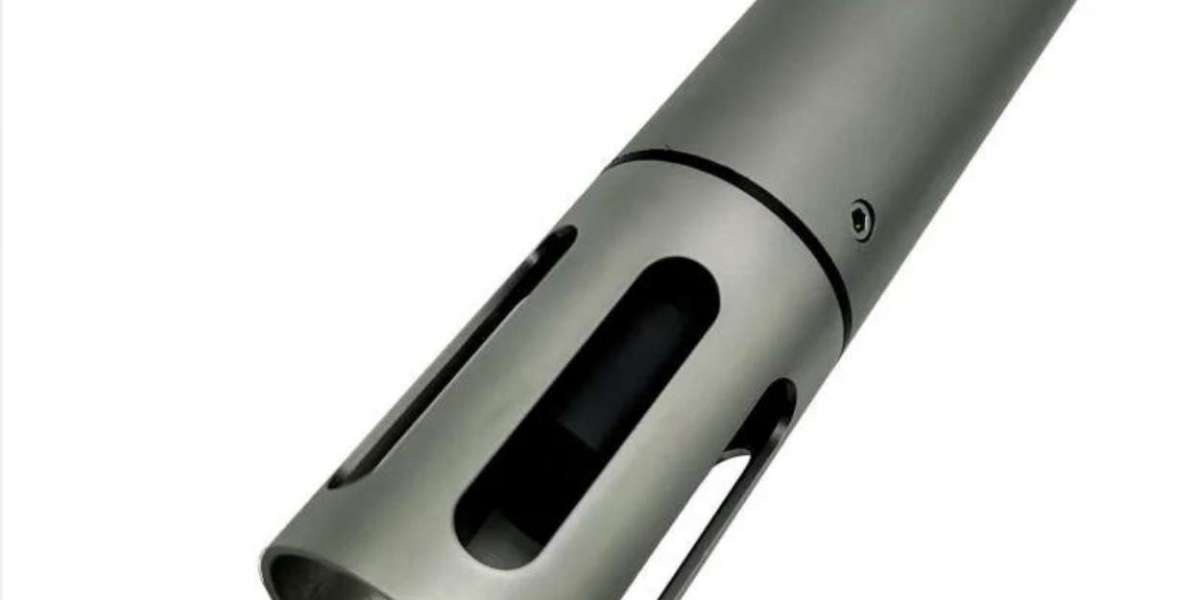What Are DO Sensors?
DO sensors are devices used to measure the concentration of oxygen dissolved in water. They are widely utilized in water quality testing, environmental monitoring, and industrial applications to ensure that water conditions are optimal for processes or ecosystems. The functionality of these sensors is based on electrochemical or optical principles, which allow them to detect and quantify oxygen levels with high precision.
Applications of DO Sensors
Environmental Monitoring: In natural water bodies such as rivers, lakes, and oceans, dissolved oxygen levels are crucial for the survival of aquatic life. Low DO levels can indicate pollution or other adverse conditions that might threaten the ecosystem. Environmental agencies use DO sensors to track water quality and detect changes that might indicate problems.
Aquaculture: In aquaculture, maintaining appropriate DO levels is vital for the health and growth of fish and other aquatic organisms. DO sensors help farmers monitor and manage oxygen levels in fish tanks or ponds, ensuring optimal conditions for their stock.
Wastewater Treatment: In wastewater treatment plants, DO sensors play a crucial role in controlling the aeration process. Proper oxygen levels are necessary for the efficient breakdown of organic waste by microorganisms. Sensors provide real-time data that helps operators adjust aeration systems to maintain optimal conditions.
Industrial Processes: Many industrial processes, such as chemical manufacturing and fermentation, require precise control of oxygen levels. DO sensors enable manufacturers to monitor and control oxygen concentrations, ensuring product quality and process efficiency.
Advantages of KCSensor's DO Sensors
KCSensor's DO sensors are designed with advanced technology to meet the diverse needs of their users. Here are some key advantages:
High Accuracy and Precision: The sensors provide accurate and reliable measurements of dissolved oxygen levels, which is crucial for maintaining the quality of water and industrial processes. Their precision ensures that even slight changes in oxygen concentration are detected promptly.
Real-Time Monitoring: KCSensor's DO sensors offer real-time data, allowing users to respond quickly to any changes in oxygen levels. This capability is particularly important in environments where conditions can change rapidly, such as in wastewater treatment or aquaculture.
Durability and Longevity: Designed to withstand harsh conditions, KCSensor's DO sensors are built to be durable and long-lasting. They are resistant to interference and degradation, making them suitable for a wide range of environments.
Ease of Use: These sensors are designed with user-friendly interfaces and straightforward calibration processes. This ease of use allows operators to set up and maintain the sensors with minimal training, making them accessible for both novice and experienced users.
Versatility: KCSensor's range of DO sensors caters to various applications, from environmental monitoring to industrial processes. This versatility ensures that users can find a sensor that fits their specific needs, whether it's for a small-scale aquaculture setup or a large-scale industrial operation.
Conclusion
Dissolved Oxygen sensors from KCSensor represent a significant advancement in the field of water quality monitoring and industrial process control. By providing accurate, real-time measurements of oxygen levels, these sensors help ensure the health of aquatic ecosystems, optimize industrial processes and enhance overall water management practices. Their combination of high accuracy, durability, and ease of use makes them a valuable tool for a wide range of applications, highlighting the importance of maintaining proper oxygen levels in both natural and artificial environments.








